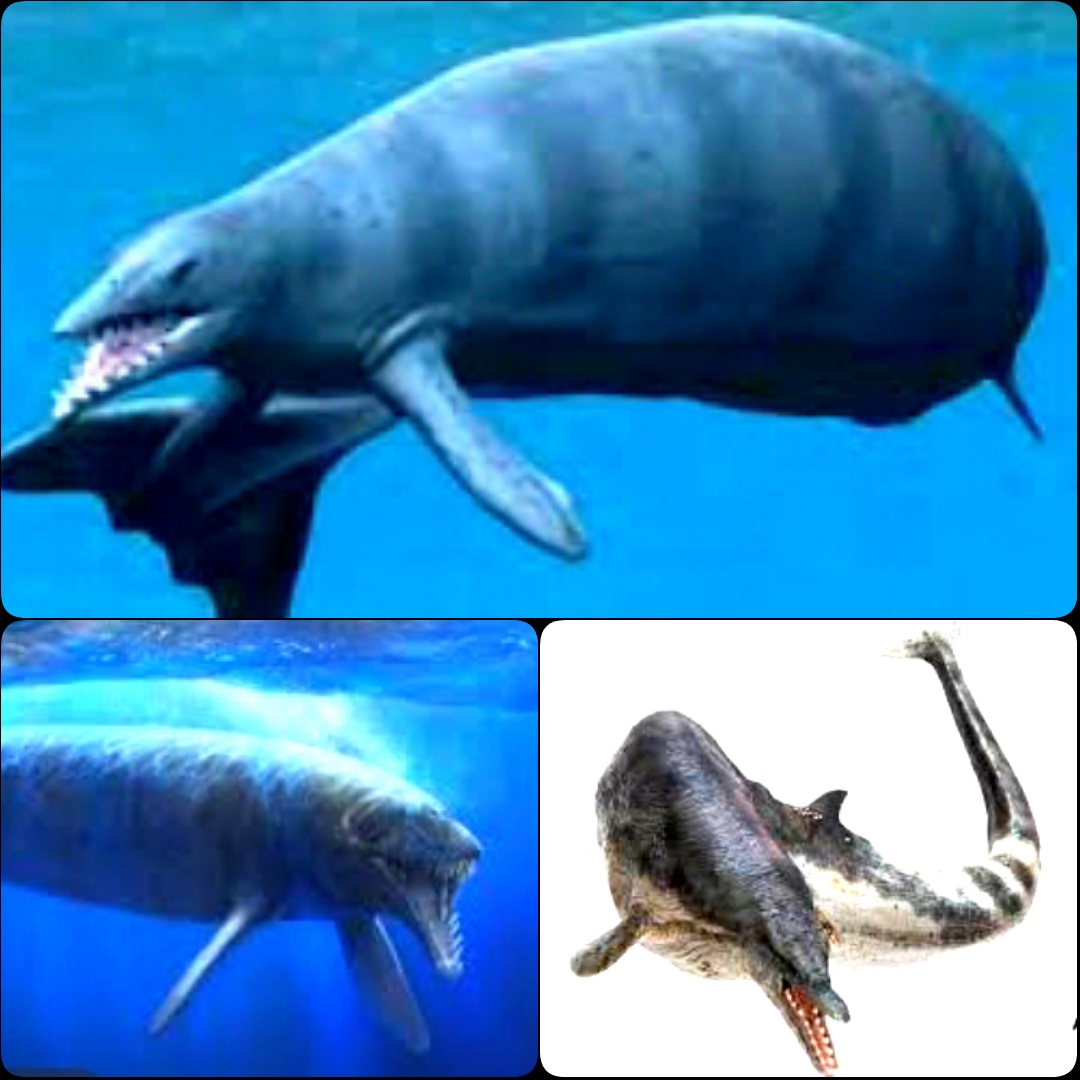การขุดค้นพบล่าสุดในทะเลทรายเปรู‘กะโหลกเขี้ยว’ Basilosaurus..วาฬนักล่าโบราณ อายุ 36 ล้านปี
วาฬ นักล่า และทะเลทราย คำสามคำนี้ไม่น่าจะเข้ามาอยู่ในประโยคเดียวกันได้ แต่ทุกอย่างเริ่มสมเหตุสมผลมากขึ้น เมื่อคุณตระหนักว่าสัตว์เลี้ยงลูกด้วยนมในทะเลนี้มีอายุ 36 ล้านปี
การค้นพบกะโหลกศีรษะของบาซิโลซอรัส (Basilosaurus) ในทะเลทรายโอกูกาเฆ (Ocucaje) ในประเทศเปรู ถือเป็นหลักฐานยืนยันประวัติศาสตร์ของภูมิภาคนี้ ซึ่งครั้งหนึ่งเคยเป็นที่อยู่อาศัยของสัตว์เลี้ยงลูกด้วยนมในทะเลดึกดำบรรพ์
สัตว์โบราณตัวนี้คือบาซิโลซอรัส (Basilosaurus) และมันถูกค้นพบในปี 2021 ทางใต้ของลิมาประมาณ 350 กิโลเมตร ที่แห่งนี้มีการค้นพบซากดึกดำบรรพ์จำนวนมาก และที่เนินทรายแห่งนี้ยังโดดเด่นในฐานะบริเวณที่อนุรักษ์ซากดึกดำบรรพ์หลายชิ้นเอาไว้อย่างดี
Rodolfo Salas-Gismondi หัวหน้าแผนกบรรพชีวินวิทยา สัตว์มีกระดูกสันหลัง ที่พิพิธภัณฑ์ประวัติศาสตร์ธรรมชาติในกรุงลิมากล่าวว่า “นี่เป็นการค้นพบที่ไม่ธรรมดาเนื่องจากกระโหลกอยู่ในสภาพดีเยี่ยม ..สัตว์ตัวนี้เป็นหนึ่งในสัตว์กินเนื้อที่ใหญ่ที่สุดในยุคนั้น”
ยักษ์ใหญ่ในมหาสมุทรตัวนี้ได้รับฉายาว่า “Ocucaje Predator” มันเป็นชื่อที่แสดงถึงความกลัวสำหรับนักล่ายาว 17 เมตร ที่มีกรามขนาดใหญ่และยังเต็มไปด้วยฟันที่น่ากลัว ฟันเหล่านี้เองที่ทำให้เหล่านักบรรพชีวินวิทยา วางบาซิโลซอรัสไว้บนจุดสุดของห่วงโซ่อาหาร
บาซิโลซอรัสอายุ 36 ล้านปีตัวนี้ ได้ทิ้งกระโหลกศีรษะไว้อย่างสมบูรณ์ มันเป็นโอกาสที่น่าตื่นเต้นสำหรับนักวิทยาศาสตร์ ในการเรียนรู้เพิ่มเติมเกี่ยวกับนักล่าโบราณที่น่าประทับใจชนิดนี้ หากต้องการชมกระโหลกของวาฬนักล่าโบราณตัวนี้ สามารถชมได้ที่พิพิธภัณฑ์ประวัติศาสตร์ธรรมชาติในกรุงลิมา
New Basilosaurus Species May Have Been Discovered | Peru News | NewsRme
Discovered in Peru's Ocucaje desert, this giant aquatic predator is likely to be the progenitor of today's whales and dolphins.
Scientists from Lima's National University of San Marcos (UNMSM) said the four-foot-long (1.2-meter) skull looks to be that of a new species of Basilosaurus, a genus of fierce marine animals that lived 36 million years ago during the Eocene period.
The creature's whole length, including its snout and tail, was probably about 12 meters (39 feet) long.
Scientists have given the ancient beast the working name "Ocucaje Predator" for the time being. After a peer-reviewed scientific description is published in a scientific publication, the species will be officially designated.
There's no doubt about it: "It was a sea monster," paleontology department founder and UNMSM director Rodolfo Salas said during a press conference on March 17. "It certainly caused a lot of damage while it was looking for food."
Ocucaje Desert was originally the bottom of an ancient ocean, according to experts. Their gigantic bodies resembled snakes but had massive flippers near their heads, which they used to glide across these oceans as apex predators between 41 million and 34 million years ago.
In the future, whales and dolphins would follow Basilosaurus millions of years later. Basilosaurus was a mammal, like the whales and dolphins that came after it a long time ago.




